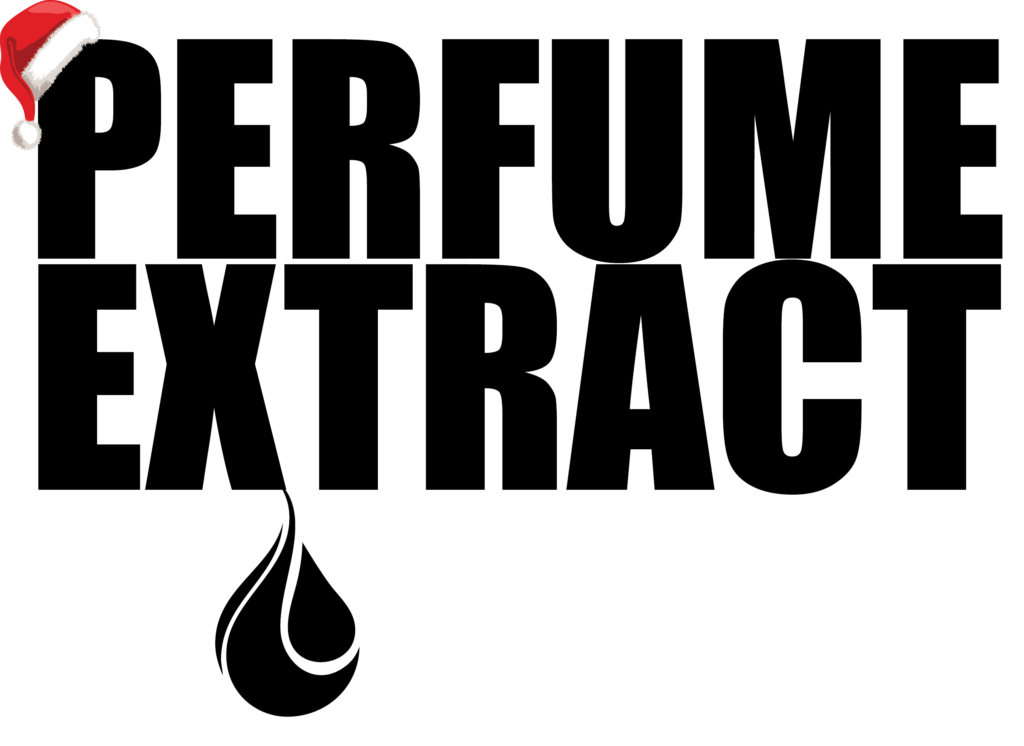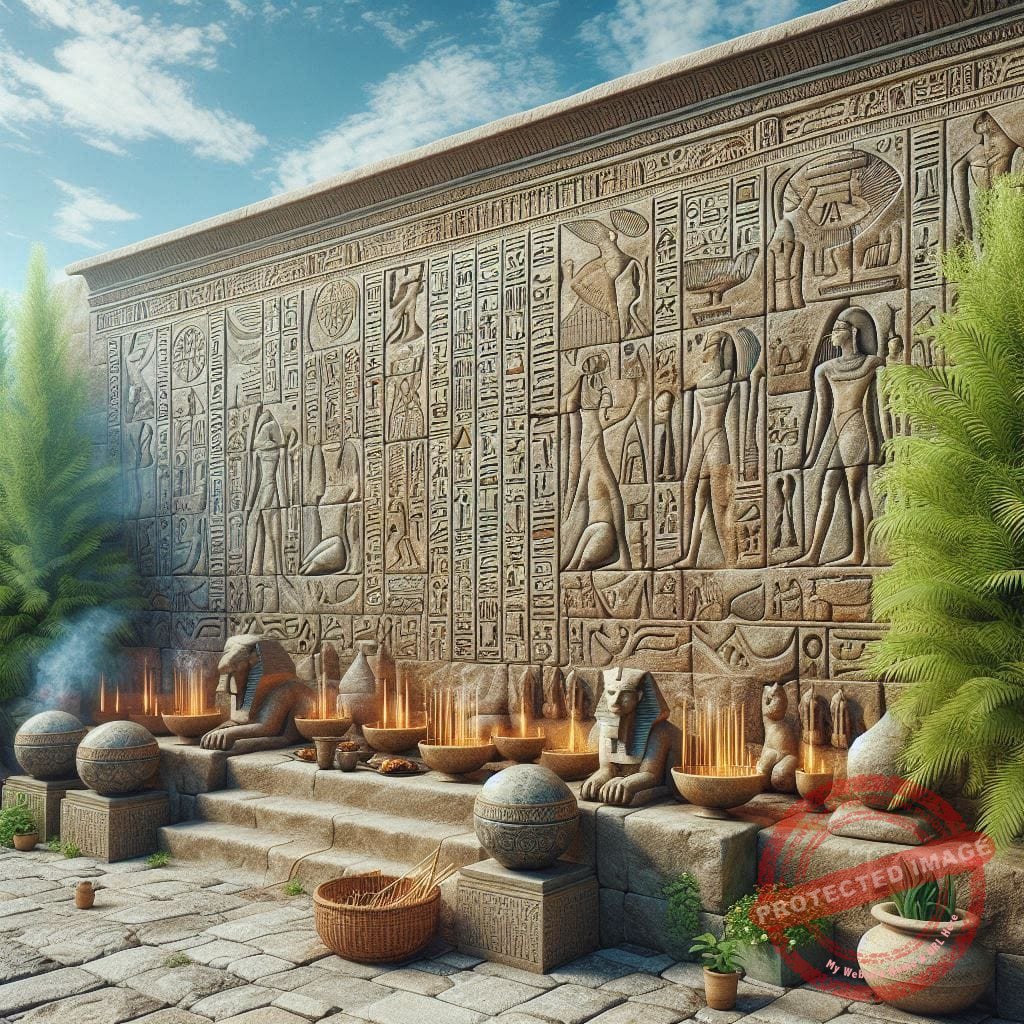Perfume
The Fragrant Journey: A Brief History of Perfumery
The Fragrant Journey: A Brief History of Perfumery
Perfume isn’t just a fragrance—it’s a 4,000-year-old story of ritual, royalty, chemistry, and creativity.
Perfume, a word derived from the Latin per fumum—meaning “through smoke”—has enchanted human civilization for thousands of years. From sacred rituals to symbols of luxury and self-expression, perfume has long held a special place in human culture—a sensory bridge between ritual, beauty and identity. But have you ever wondered how perfumery began? Let’s take a fragrant walk through history, from ancient temples to modern department stores exploring the aromatic evolution of this timeless art.
🌿 Ancient Beginnings: Egypt & Mesopotamia
Perfumery dates back over 4,000 years, with early traces found in Mesopotamia and ancient Egypt. The Mesopotamians were among the first to distill and blend fragrant substances. One of the earliest known chemists, a woman named Tapputi, is believed to have created perfumes using flowers, oils, and other aromatics as early as 1200 BCE.
In Egypt, perfume was inseparable from spirituality and the afterlife. Fragrances like frankincense and myrrh were burned in temples or used in mummification rituals. Oils scented with lotus and cinnamon were also part of daily life, beauty, and status.
🏛️ Classical Era: Greek & Roman Influence
As Egyptian practices spread, the Greeks and Romans embraced perfumery with fervor.
The Greeks brought a scientific lens to perfume. Philosophers like Theophrastus wrote about the impact of scent on emotions and well-being.
The Romans, never to be outdone in indulgence, used perfumes liberally. They bathed in rose-infused water and perfumed their homes, clothes—even pets! Perfume became a luxury industry, fueled by trade with India and Arabia.
🕌 The Middle Ages: Preserved by the Islamic World
As Europe went through the Dark Ages, the art of perfumery was kept alive and advanced in the Islamic world. Avicenna, a Persian polymath, improved the distillation process—especially for extracting rose water, which became wildly popular.
When the Crusaders returned from the Middle East, they brought back fragrant goods and knowledge, reintroducing perfumery to Europe. By the 13th century, perfume production flourished in cities like Venice and Montpellier, the latter becoming a center for perfume and pharmaceutical education.
💐 The Renaissance: France Takes the Crown
The Renaissance saw perfumery blossom into a refined luxury in European courts, particularly in Italy and France. In the 16th century, perfume became a fashion essential in Europe. Catherine de’ Medici, upon marrying into French royalty, brought her Italian perfumer with her—planting the seeds for France’s dominance in the perfume world.
By the 1700s, Grasse, a sunny town in southern France, became the heart of flower cultivation and perfume production. French perfumers experimented with complex blends, and fragrances were now worn to mask the stench of unwashed bodies in courtly life.
🧪 19th–20th Century: Chemistry Meets Creativity
Industrialisation and new discoveries in chemistry revolutionised perfumery. Synthetic compounds allowed perfumers to create entirely new scent profiles.
In 1921, Chanel No. 5 launched and changed everything. Created by Ernest Beaux for Coco Chanel, it was the first modern perfume to blend natural and synthetic ingredients into a bold, abstract scent.
By the mid-20th century, perfumes were no longer just luxury items but became widely accessible, thanks to global branding, advertising, and department store distribution.
Suddenly, perfume was no longer just for the elite—it was a signature accessory for everyone.
🌍 Modern Day: A Global Scent Experience
Today, perfumery is a multi-billion-dollar global industry. It is both an art and a science. From celebrity fragrances to niche artisan blends, there’s something for every nose and budget.
Sustainability, ethical sourcing, and gender-fluid scents are now at the forefront of the fragrance world. Still, the core purpose remains the same: to express identity, capture memories, and evoke emotion—one spritz at a time.

